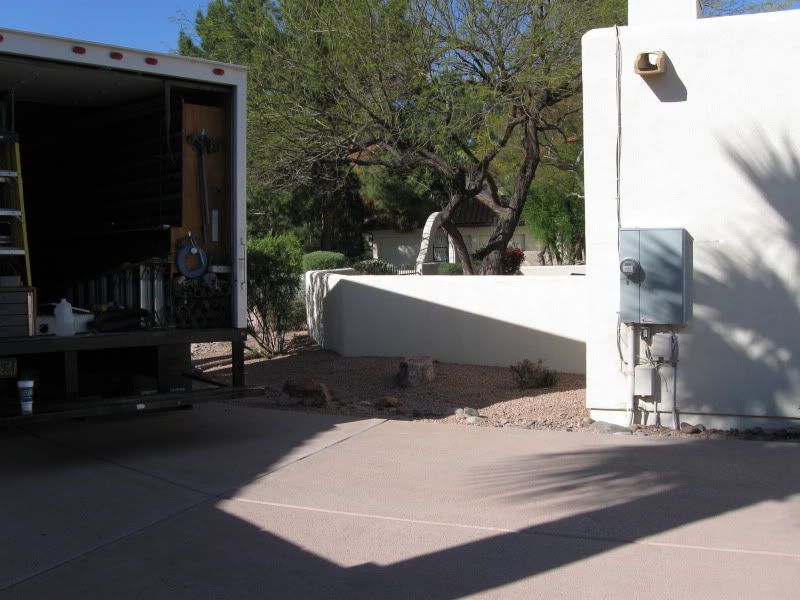e57
Senior Member
- Location
- San Francisco, CA
I guess by the 'more than one' wording - you might be right???? But in practice I don't think many of us would seperate circuits by color like that???It was my understanding that as long as there is only 120/240 in the building, we can use any color for circuit identification (even orange) , except for the grounded and grounding conductors, of course. If there was higher voltages in this building I would definately not use orange on the 120 circuits. In this case, we used the orange wire for interconnect on the smoke alarms....not for a circuit to the panel.
(I couldn't - a local code identifies conductor by "system". And removes the 'more than one' language.)
(C) Ungrounded Conductors. Where the premises wiring system has branch circuits supplied from more than one nominal voltage system, each ungrounded conductor of a branch circuit, where accessible, shall be identified by system. The means of identification shall be permitted to be by separate color coding, marking tape, tagging, or other approved means and shall be permanently posted at each branch-circuit panelboard or similar branch-circuit distribution equipment.
sf code said:
210.5(C). Ungrounded Conductors. Each ungroundedequipment.
conductor of a branch circuit, where accessible, shall
be identified by system. The means of identification
shall be permitted to be by separate color coding,
marking tape, tagging, or other approved means, and
shall be permanently posted at each branch-circuit
panelboard or similar branch-circuit distribution
~~~~~
Conductor insulation shall be:marking tape, tagging, or other approved means.
(1) 120/240 volt 3-wire circuits - "A"
phase black,. "B" phase red; 120/208 volt 4-wire
3-phase wye circuits - "A" phase black, "B" phase
red, "C" phase blue; 120/240 volt 3-phase delta
circuits - "A" phase black, "B" (high leg) phase
purple, "C" phase red; 277/480 volt 4-wire 3-phase
wye circuits - "A" phase brown, "B" phase orange,
"C" phase yellow. Ungrounded conductors for other
voltages shall be identified by different color coding,
As far as a violation - I was actually thinking of this one....
(we used grey on the arc fault circuits).


